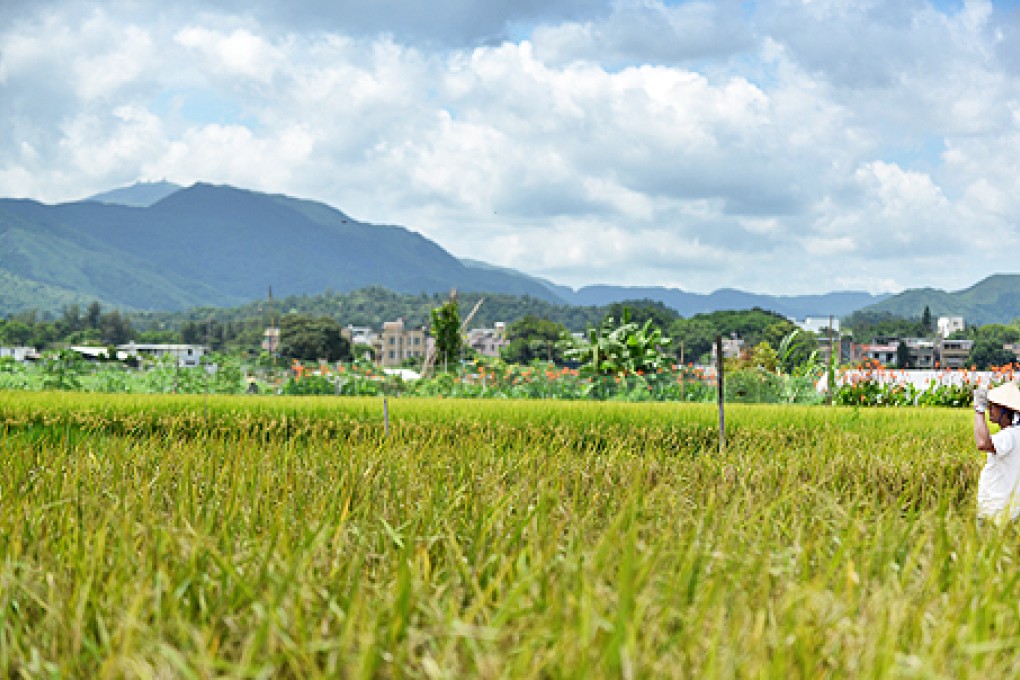
Japanese biotechnologists on Sunday said they had developed a rice plant with deeper roots that can sustain high yields in droughts that wipe out conventional rice crops.
It is the third breakthrough in new cereal strains in less than two years, boosting the quest to feed the world’s spiralling population at a time of worsening climate change.
Writing in the journal Nature Genetics, a team led by Yusaku Uga of the National Institute of Agrobiological Sciences in Tsukuba describe how they found a remarkable gene in a rice plant cultivated in the dry uplands of the Philippines.
This rice strain, also called cultivar, is called Kinandang Patong. Its big characteristic is roots that are deep and grow straight downwards, delving into parched soil for water, as opposed to root systems that are shallow and grow out sideways in typical water-rich paddy fields.
The gene for this, called Deep Rooting – dubbed DRO1 – was spliced into a cultivar called IR64, a paddy rice plant that is grown around Asia.
The team then put the new plant through its paces, planting it and standard IR64 in upland fields in three kinds of conditions – no drought, moderate drought and severe drought.
Moderate drought reduced yield from IR64 to just 42 per cent of no-drought conditions. Severe drought destroyed it totally.